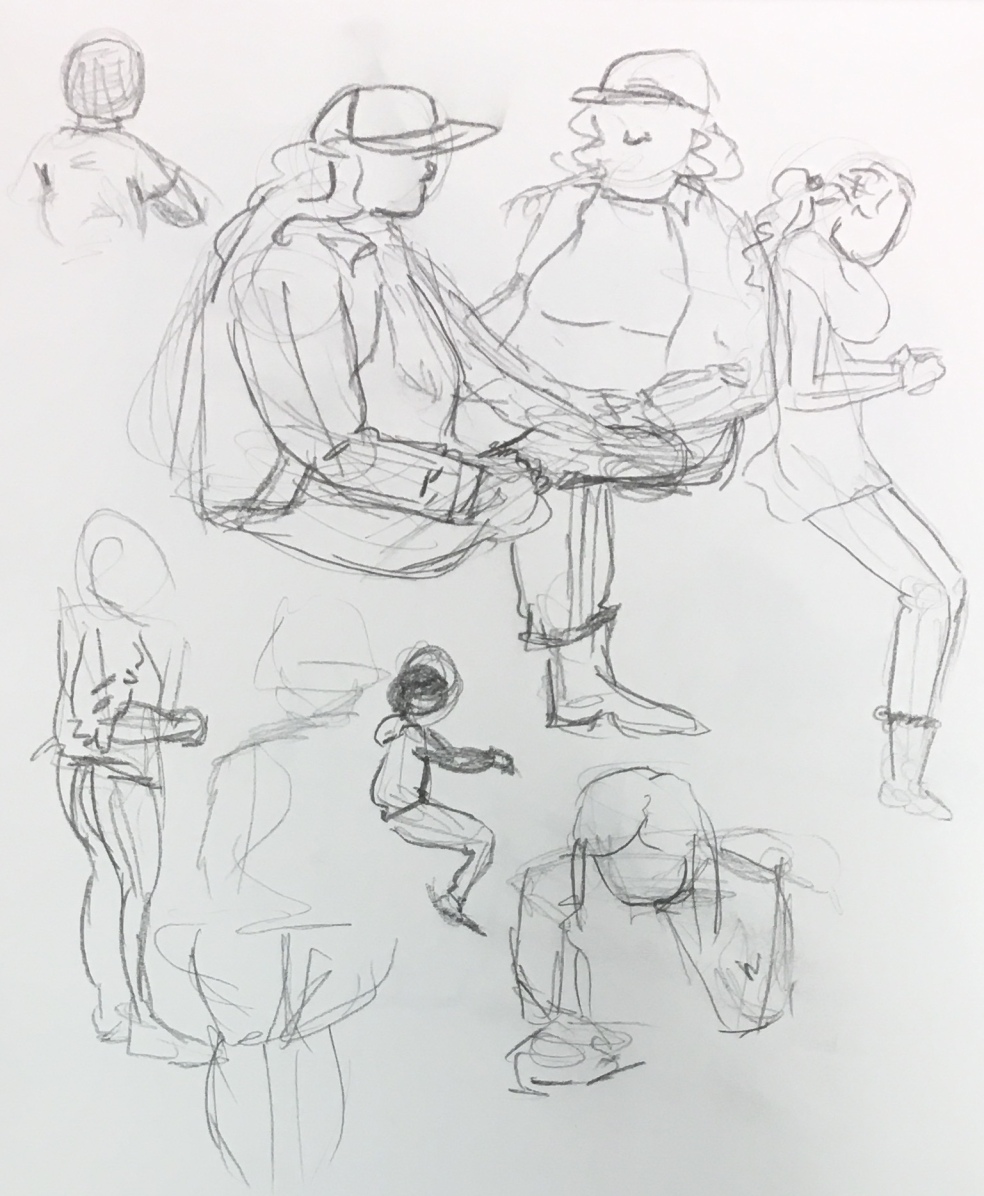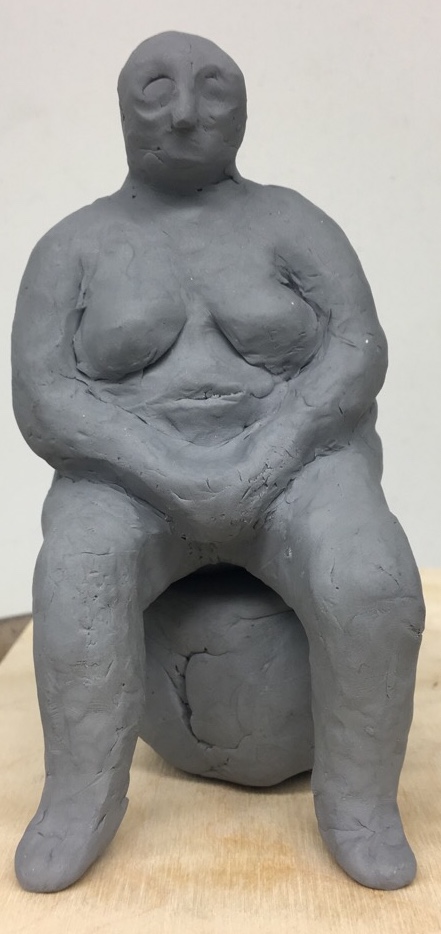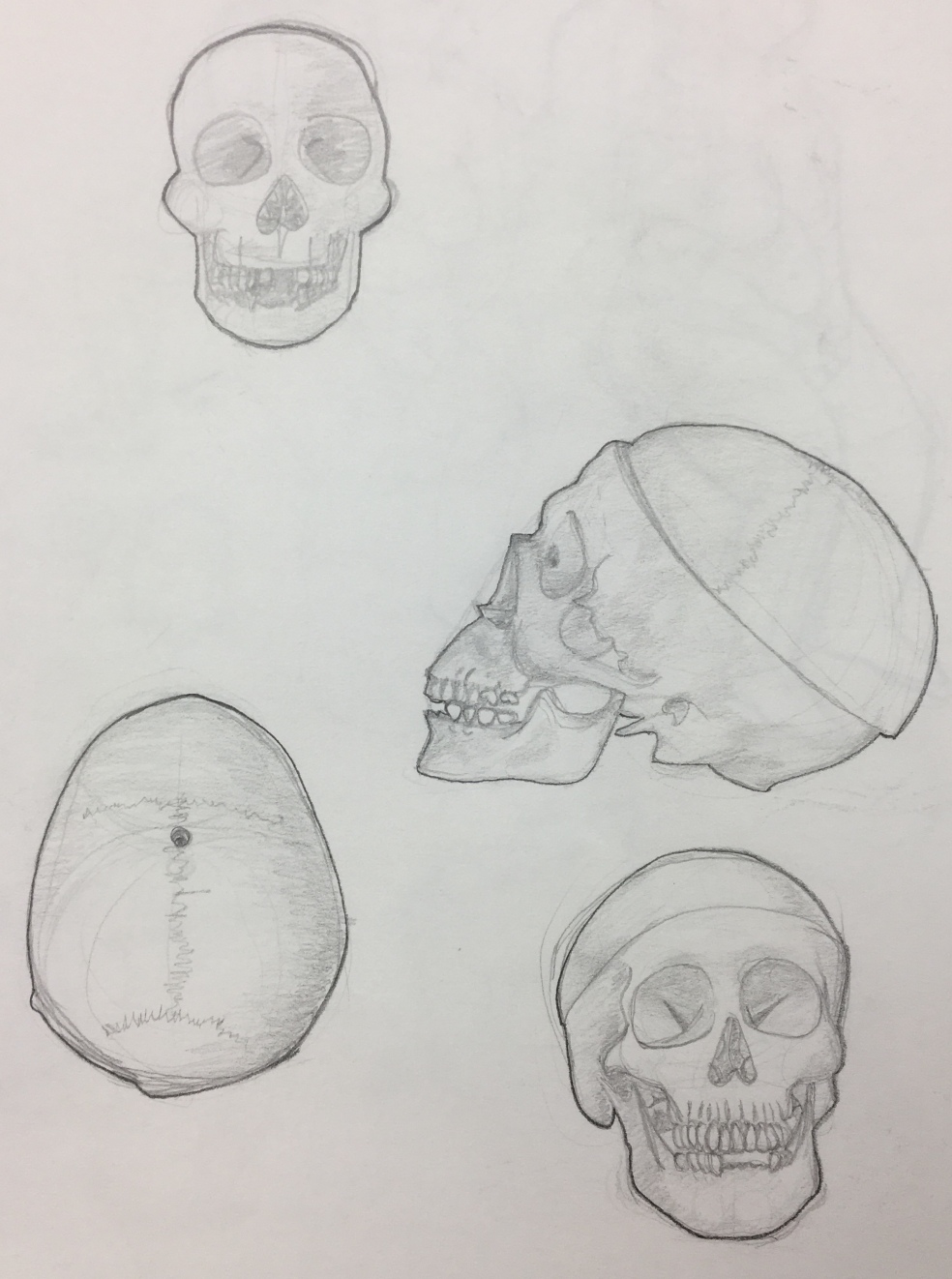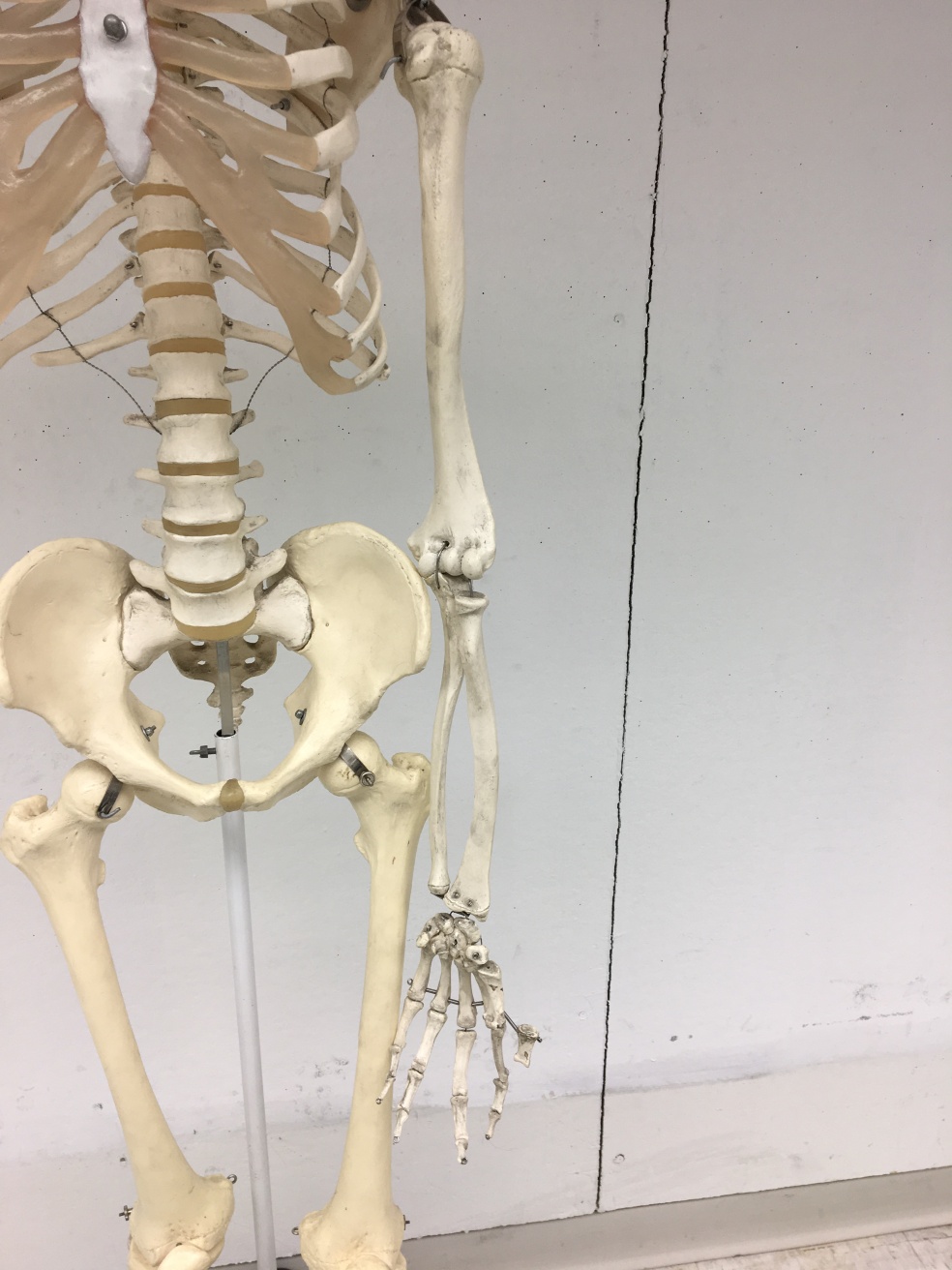35 Gesture Drawings


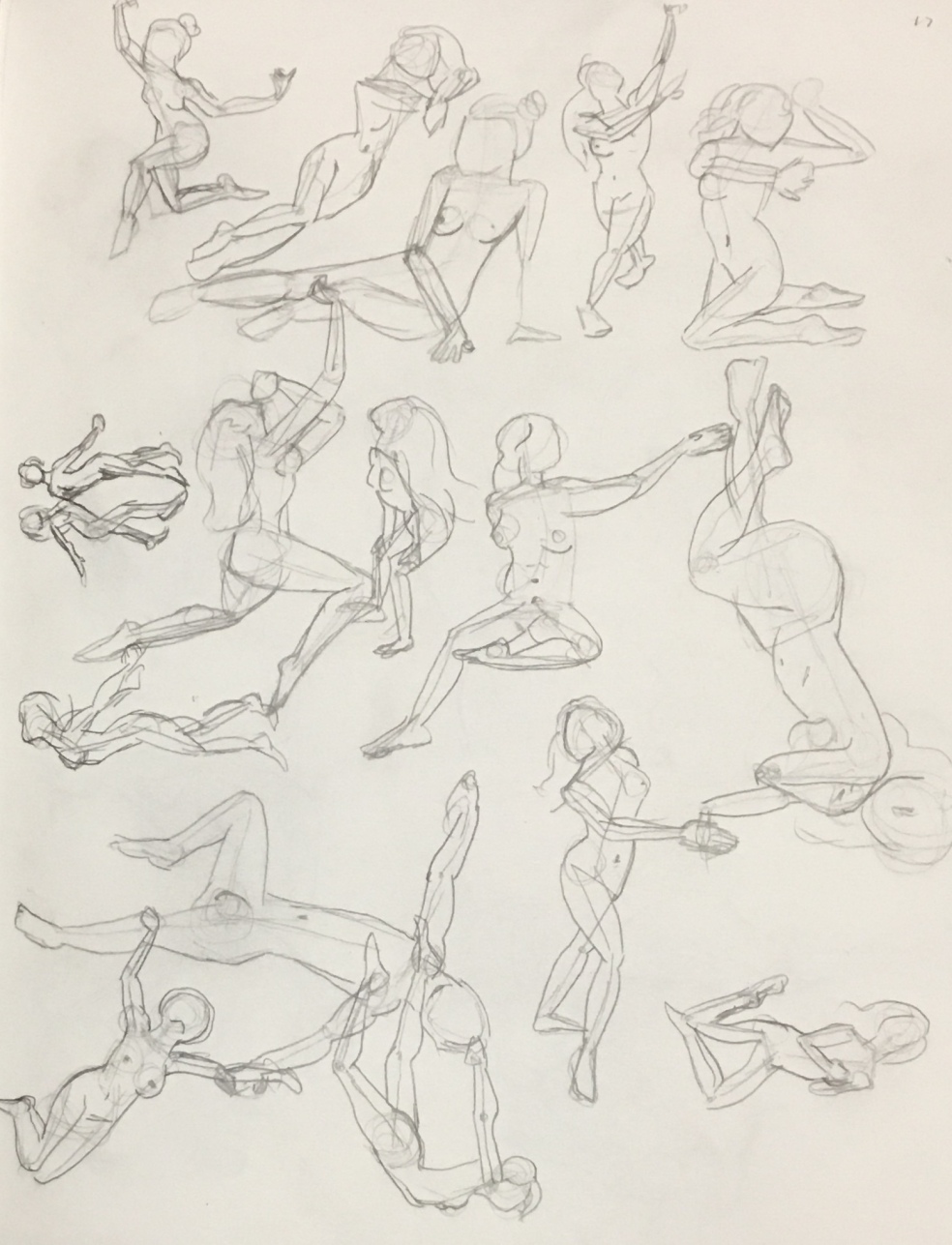
Semester Study Photos


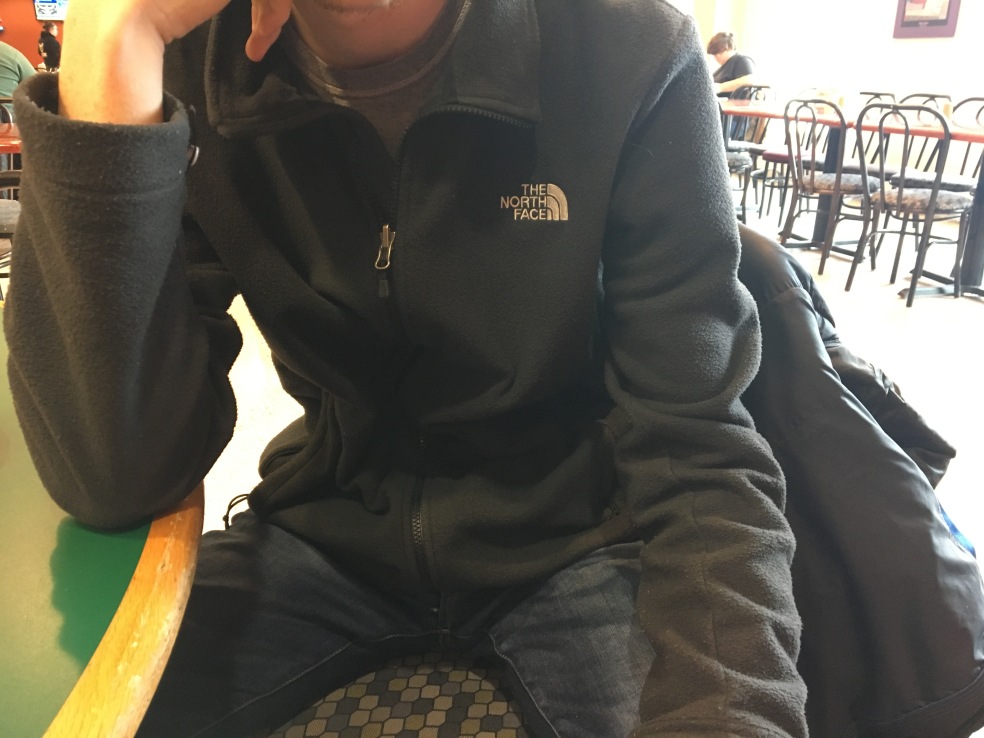


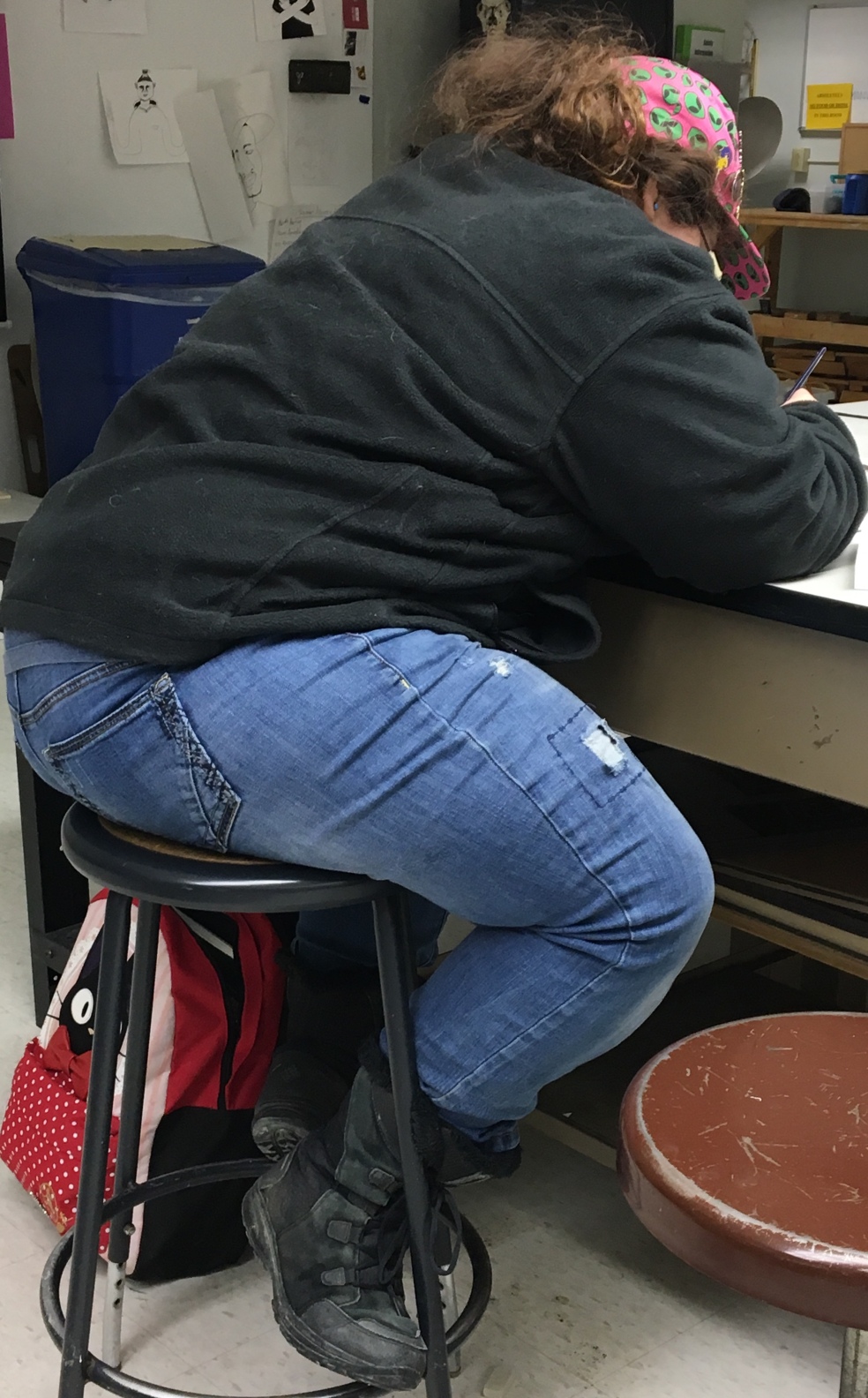

Artist research
Pablo Picasso
Born: 25 October 1881
Died: 8 April 1973
Pablo Picasso was a man of many talents. Though many only recognize him for his work during his Neoclassist and Surrealist period, his art expanded farther and wider than just oddly placed eyes and mouths. In fact, he had about seven periods: his work before 1901, the Blue Period, the Rose Period, the African-influenced Period, the Cubist Period, the Neoclassicist and Surrealist Period, and his later works.
During Picasso’s work before 1901, he was very young and naive and so was his art. By no means is it bad, but the art is mostly for the face value of it. They were obviously the stepping stones into his work.

First Communion (1895/96)
The Blue Period, which is quite namely fit due to it not only being about Picasso’s color palette but also his point of view on life, was a step forward to something more. Not only were some of the paintings more abstract than before, but the palette consisted of mainly blue. The palette now wasn’t just chosen for the particular scene it was trying to depict (like white and red used for “First Communion) but also how Picasso was dealing with his depression.

The Old Jew (Blind old man and boy) (1903)
The Rose Period, not unlike the Blue Period, was filled with life. The color palette contained mostly of shades of rose and the subjects matter was of mostly circus performers. This was a time of a lot of change for not only the content of Picasso’s art but evidently his life as well. The period was also a mark of the solidification of what would be recognized as Picasso’s style.
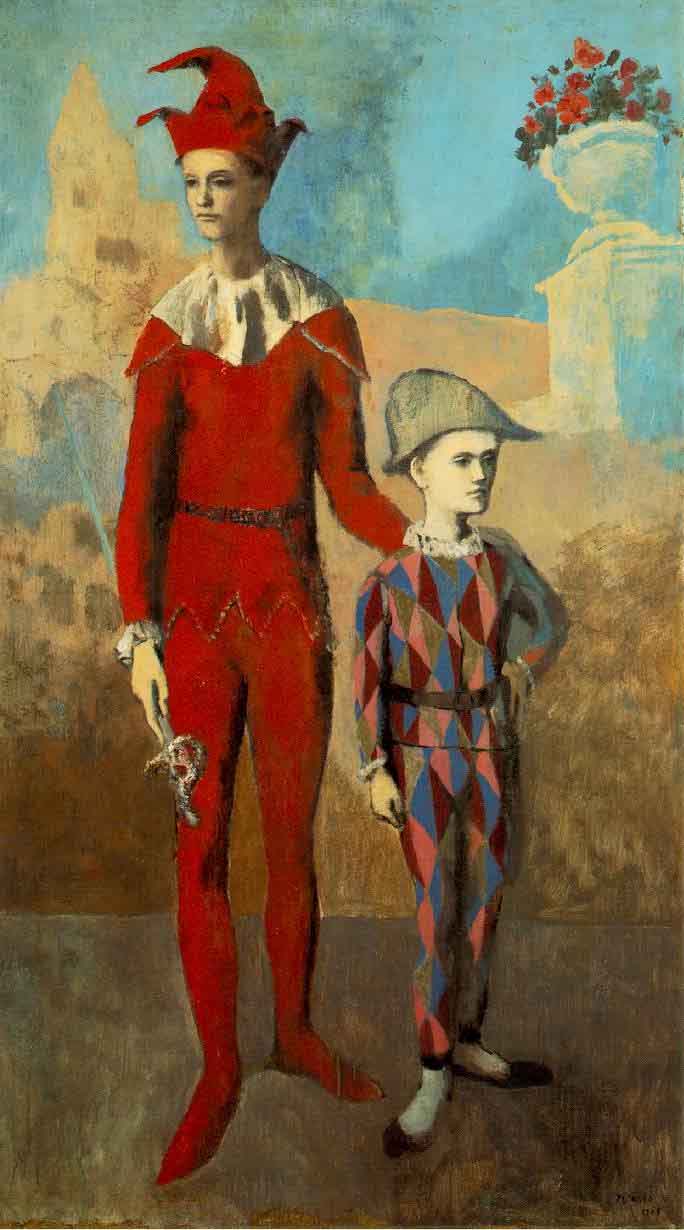
Acrobat and Young Harlequin (1905)
When it came to Picasso’s African-influenced art, the human form was abstracted more than in any other period that came before it. I believe this was due to the African art that influenced it. The angles were sharper and the colors were earthier.

Friendship (1908)
If the African-influenced art was the beginning of Picasso’s abstraction period, his Cubist Period was the height of it. The cubist period can be broken into two different sub-periods, Analytical Cubism and Synthetic Cubism. Both were heavy in sharp and choppy imagery, however, the color palette for Synthetic Cubism was much more vibrant and colorful than that of the tan and brown of Analytical Cubism.

Girl with Mandolin (1910)

Guitar (1913)
During the art of the Neoclassicist and Surrealist Period, Picasso created very contrasting pieces. On one hand, his art was becoming less abstracted. The figures, though still simplified in a manner, were closer to more traditional and representational art that came before him. On the other hand, eyes were being placed sideways and bodies were being contorted in odd shapes.

Mother And Child (1921)

The Weeping Woman (1937)
Finally, the last of Picasso’s periods was filled with varieties of all his past work. Some pieces were a mix of Cubism and African-influenced art. Some had the texture and palette of the Analytical Cubism and the shapes and lines of Surrealism

The Doves (1957)

Self Portrait (1971)
Though Picasso’s art is often recognized for his Neoclassicist and Surrealist Period, when looking at his portfolio, one can easily see he had much more to him than just that.
Sources:
https://www.pablopicasso.org/laterperiod.jsp
http://mesosyn.com/pp-late.html
Picasso’s Relation to Clothing Folds
Due to the fact that Picasso went through many different art styles, one cannot just have a blanket statement of how he depicted clothing folds in his art. However, due to the fact that he did generally simplify his art more and more through each style, one can say that he began to ignore the folds of clothing more and more as well.
When looking at Science and Charity (1897) in comparison to Jacqueline with Flowers (1954), there is a huge difference in the attention to detail. Science and Charity is abundant with folds. The nightgown of the infant is the best example of this. The gown is light and puffy, bunching a lot around the arms, waist, and butt where the nurses arm meets the clothing. This is more realistic than the dress in Jacqueline with Flowers, where there isn’t a hint of fold.


A happy medium between these two pieces can be seen in Boy with a Pipe (1905). The clothing folds are not as intense as that of Science and Charity (1897) but there are still some folds unlike that in Jacqueline with Flowers (1954).

The Moth Hour
Pete the Leper Pig by Alice Shaffer
The way in which Alice narrated the story was very childlike. Since the story she tells is from her childhood, the story itself is a bit all over the place. But the disjointed nature of it isn’t as random as we might think at first, it’s planned. This is particularly true when Alice begins to talk about her father being a pastor and leprosy. As a listener, I was confused to how all this is connected to a pig with leprosy. But as she reveals more information, I begin to put together everything… and then was yet surprised again. I really appreciated how Alice left little clues here and there to how the story was going to unfold.
File











